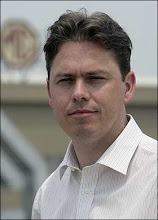I guess most people have an affinity with Shanghai, they have either visited, or the have seen the skyline and the building’s from films such as Lara Croft, Mission Impossible and James Bond (Not to mention Paul Merton’s recent TV series), so everyone has an image of what they will see before they arrive – what TV, Films, Magazines and news articles don’t show you are the extremes of the everyday people who live, work and play in this enormous city.
Just across the HuangPu River in Pudong, you have an area call
 ed Lujiazui, this is where the worlds financiers have located and contains probably the most famous sights of Shanghai, The Pearl Tower, Jin Mao Tower, HSBC Bank and an assortment of the best hotels in the world. Here you will find the usual pin stripped men and women of the financial world, a place to work, eat, sleep and play, along with the thousands of tourist that visit each day.
ed Lujiazui, this is where the worlds financiers have located and contains probably the most famous sights of Shanghai, The Pearl Tower, Jin Mao Tower, HSBC Bank and an assortment of the best hotels in the world. Here you will find the usual pin stripped men and women of the financial world, a place to work, eat, sleep and play, along with the thousands of tourist that visit each day. On the other side of the river you will find the Puxi area of Shanghai, is where the first modern day foreigners settled, and gave rise to the famous Bund area with its colonial archite
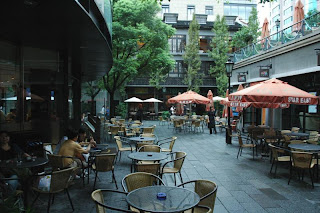 cture, nearby a district called the French concession, which as the name suggests was an area set aside for the French during the Foreign occupation of the city, it is still inhabited by many foreigners and is a chic, cosmopolitan area. Where dozens of fancy restaurants mingle with classy boutiques and designer hotels.
cture, nearby a district called the French concession, which as the name suggests was an area set aside for the French during the Foreign occupation of the city, it is still inhabited by many foreigners and is a chic, cosmopolitan area. Where dozens of fancy restaurants mingle with classy boutiques and designer hotels. The choices of where to live in Shanghai are enormous, unlike Nanjing where you can only select between half a dozen or so expat compounds – the accelerated growth, and invasion of the foreigners in Shanghai, has led to a building boom for high class, extremely expensive and in some cases bizarre housing compounds, all designed to make us foreigners feel at home.
 s before; probably the most famous of these is the Thames Town complex (which isn’t actually in Shanghai, its about 35Km outside in a place call Songjiang), this is a pastiche of all things English – including windmills, churches, village greens, mock Tudor houses, corner shops and small bars – all of which are deserted.
s before; probably the most famous of these is the Thames Town complex (which isn’t actually in Shanghai, its about 35Km outside in a place call Songjiang), this is a pastiche of all things English – including windmills, churches, village greens, mock Tudor houses, corner shops and small bars – all of which are deserted.When we decided to move to Shanghai we limited our choices due to 2 distinct factors, The first being that having experienced traffic in big Chinese cities, we realised that it that it takes twice as long to get anywhere, and our desire not to have our children spend hours travelling to and from School, meant that we would choose somewhere that was local to the school of our choice, and secondly I would be working quite far out of the city and needed somewhere with good transport links to my work.
The injection of foreigners has seen an enormous growth in foreign schools, these employ English speaking teachers from around the world – they charge exorbitant rates for an education that finds itself tending to non-English speakers, rather than providing advanced education for private school money. Not a great situation, but then beggars can be choosers! We had decided that the British International School in Puxi, fitted our 2 criteria best – so all that was left was to identify somewhere to live.
Close to the school are many housing compounds, in many different styles. The
 closest 3 are the Shanghai Racquet Club, a resort based on the club med way of life, with apartment living in low rise structures, individual swimming pools dotted around each building, and a fantastic club house with professional tennis courts and coaches, a sprawling pool, large gym, squash courts, 2 restaurants, a shop and a beauty salon, all of this without a cash register in site – you pay with a membership card and settle your bill at the end of each month. The place has a holiday club atmosphere about it all, and caters to those who want to completely forget that they are in China.
closest 3 are the Shanghai Racquet Club, a resort based on the club med way of life, with apartment living in low rise structures, individual swimming pools dotted around each building, and a fantastic club house with professional tennis courts and coaches, a sprawling pool, large gym, squash courts, 2 restaurants, a shop and a beauty salon, all of this without a cash register in site – you pay with a membership card and settle your bill at the end of each month. The place has a holiday club atmosphere about it all, and caters to those who want to completely forget that they are in China. The next and the most impressive is a place called Forest
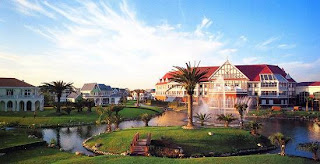 Manor, this has to be one of the most prestigious housing developments in the world, yes I did say world. Each house is individually designed, with rents ranging from $8000 per month, up to a staggering $32,000 per month. For that you get your own replica Whitehouse, including men in black style guards whispering into earpieces, and your very own golf buggy to help you ferry the kids back and forth to the lavish club house.
Manor, this has to be one of the most prestigious housing developments in the world, yes I did say world. Each house is individually designed, with rents ranging from $8000 per month, up to a staggering $32,000 per month. For that you get your own replica Whitehouse, including men in black style guards whispering into earpieces, and your very own golf buggy to help you ferry the kids back and forth to the lavish club house.Well the choice we made wasn’t as ostentatious as Forest Manor (our budget barely got us past the security gate to have a look!), and the Racquet club just didn’t feel real – I love going on holiday because it is something different, living in a resort complex for more than a few weeks, seems more like hell than heaven to me!
We fell in love with our chosen abode as soon as the electric gates opened, and our car past under the hacienda style entrance.











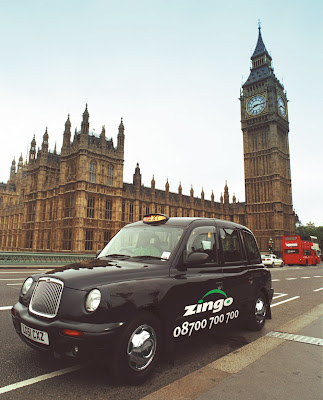

 Kevins the one on the right!
Kevins the one on the right!

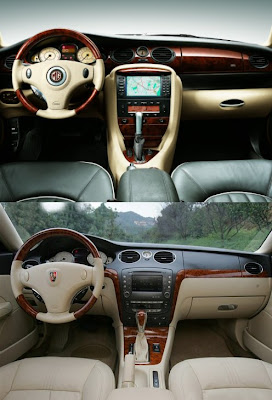



 My visit is always met with curiosity rather than animosity. I often wonder if people in other countries would be as accommodating or as accepting of this strange visitor, my experiences of receiving foreigners in the west has often filled me with embarrassment at our lack of hospitality, our ignorance of alien customs, and our complete inability to accept that not everybody in the world speaks English. My presence always tends to distract from the actual purpose of the meeting or visit at first, but once the novelty has worn off the business of lunch isn’t far away! The first thing anyone has to understand is that lunch is the most important aspect of the business deal. Like the presence of the executive saloon, it doesn't matter how remote a factory is – there will always be a fairly decent Chinese restaurant nearby. Even if they have to wake the chef, stoke up the boiler to provide some heat and light, and rummage around the local store for some speciality dish – the meal will absorb an average villagers life savings within the 2 hours it takes to get through 20 or so courses of various animal parts, boiled, stewed and sometimes prepared raw for the visiting party. All of this will be washed down with plenty of Bei Ju (White Spirit) to warm the cold that pierces every exposed inch of flesh, and to hopefully help with the proceeding discussions around cost, delivery and quality.
My visit is always met with curiosity rather than animosity. I often wonder if people in other countries would be as accommodating or as accepting of this strange visitor, my experiences of receiving foreigners in the west has often filled me with embarrassment at our lack of hospitality, our ignorance of alien customs, and our complete inability to accept that not everybody in the world speaks English. My presence always tends to distract from the actual purpose of the meeting or visit at first, but once the novelty has worn off the business of lunch isn’t far away! The first thing anyone has to understand is that lunch is the most important aspect of the business deal. Like the presence of the executive saloon, it doesn't matter how remote a factory is – there will always be a fairly decent Chinese restaurant nearby. Even if they have to wake the chef, stoke up the boiler to provide some heat and light, and rummage around the local store for some speciality dish – the meal will absorb an average villagers life savings within the 2 hours it takes to get through 20 or so courses of various animal parts, boiled, stewed and sometimes prepared raw for the visiting party. All of this will be washed down with plenty of Bei Ju (White Spirit) to warm the cold that pierces every exposed inch of flesh, and to hopefully help with the proceeding discussions around cost, delivery and quality.


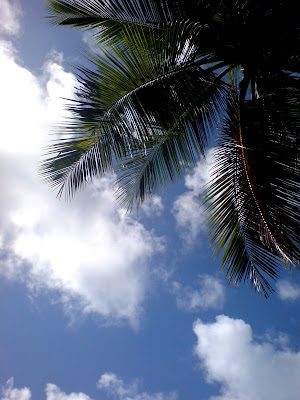
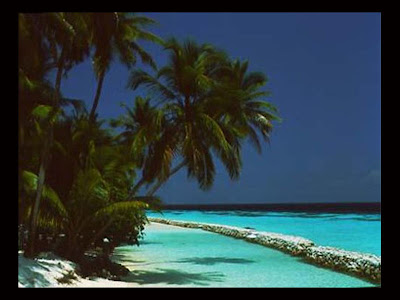

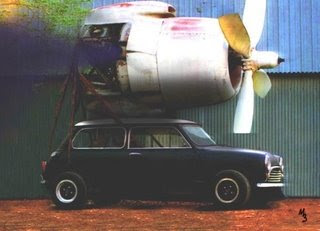





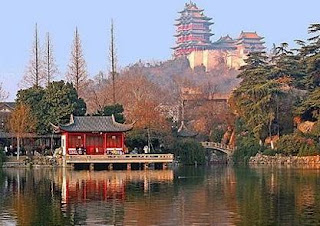
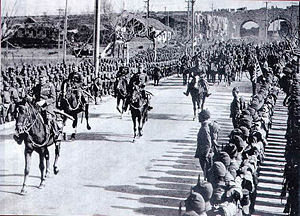
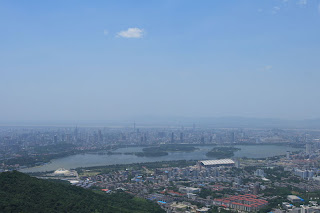


 The MG Drummers!
The MG Drummers! Flying the Flag.
Flying the Flag. Heads Down Chaps.
Heads Down Chaps. 
 Fighting to touch the trophy!
Fighting to touch the trophy! The celebrations!
The celebrations!